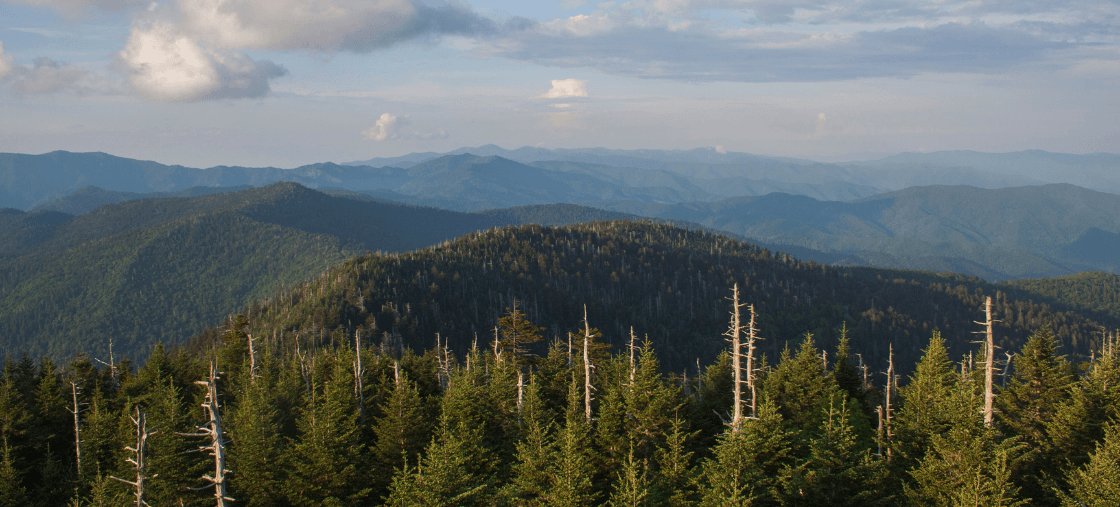Can nature inspire a composition?
by Matteo De Feo

If you have already approached music composition, you might have realized that most times all you need is something to unleash your creativity and start writing. That initial spark could be as well a natural element, just like the sound of the wind blowing through the trees or a bird singing a melody.
Long ago, way before tweets on social media, the sound of birds have inspired people: it happened already with Vivaldi, Handel, Mozart and Beethoven but in Messiaen’s music it played a crucial role. It became in fact one of the main features that characterized his works. What started initially as an interest soon became a real obsession, so fascinating that he could have been defined as an experienced ornithologist.
Encouraged in his early years by his teacher Dukas, he started notating bird songs to include them in his own music and several of his compositions consist of a dedicated analysis and meticulous transcriptions that he wrote through the years.
As he later revealed, it wasn't an easy process at all: he had to transcribe at a slower tempo and transport the notes an octave or two below, in order to make it playable by the instrument he was writing for at the time. If the interval between the notes sung by the bird was too small to play by an instrument, it had to be replaced with an appropriate semitone that could fit the melody.
In 1940 the 34 year old composer was captured by the Germans and sent to a prisoner camp, while serving as a medical auxiliary in the french army. There he started writing one of his most popular pieces, Quartet for the End of Time. At this time there were several influences in his writing but the singing of blackbirds and nightingales are clearly present.
Other earlier works that included some bird inspired music are pieces such as Nativitè and Vingt Regards. In 1952 he was asked by the Conservatory of Paris to provide a piece to test flautists and for this occasion he composed La Merle Noir, a tune based on the song of the blackbird. Shortly after that Messiaen wrote Reveil des Oiseaux, a piece based on birdsong that are singing between midnight and noon in the specific area between France and Switzerland.
The whole subject of including bird vocalisation took more and more space in his music and culminated in 1958 when he wrote his major work dedicated to the pianist Yvonne Loriod, who eventually became Messiaen’s wife. His Catalogue d’oiseaux consists of a collection of thirteen tunes for piano, based on his transcription of over 80 european bird species. Often described as Messian’s most abstract work by critics, it was in fact one of the most analytical works of his where each page was littered with names of specific landmarks and related bird types.
In combination with his synaesthesia (a neurological condition of his that led him associating sounds with colour) Messiaen’s profound dedication to birds has always fascinated and intrigued audiences. His music in fact really tried to connect with the world as a whole, as a universal language: sometimes it is written by humans and other times is spoken by nature.
Share:
Subscribe to Our Newsletter
Get the latest updates from all Classeek activities, events, and more - delivered straight to your inbox!